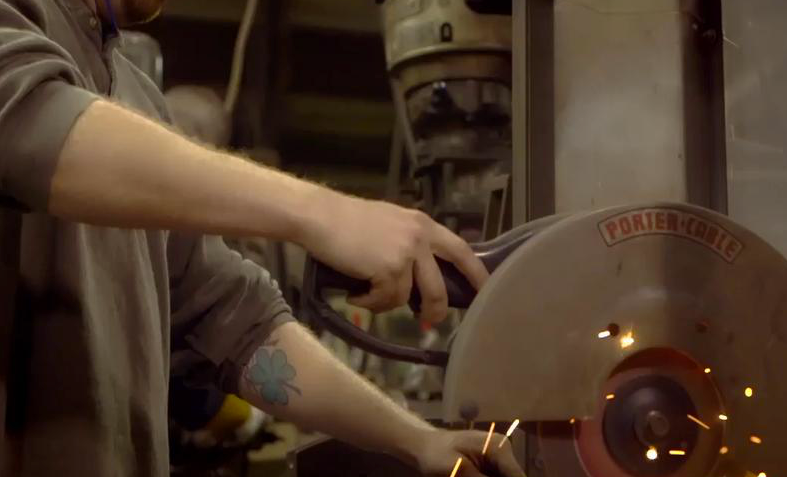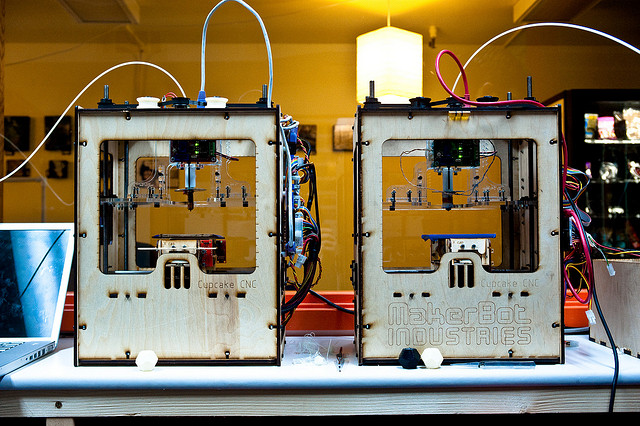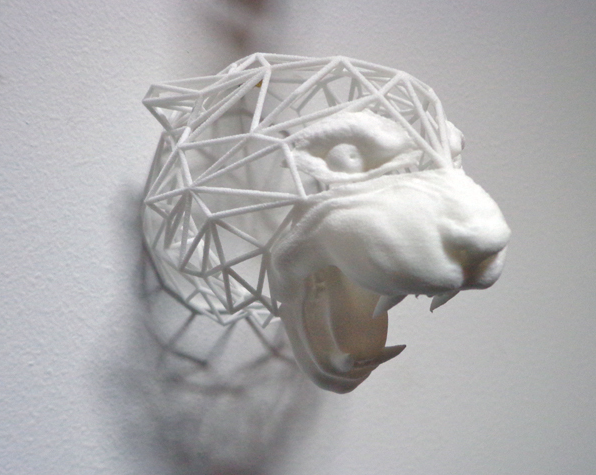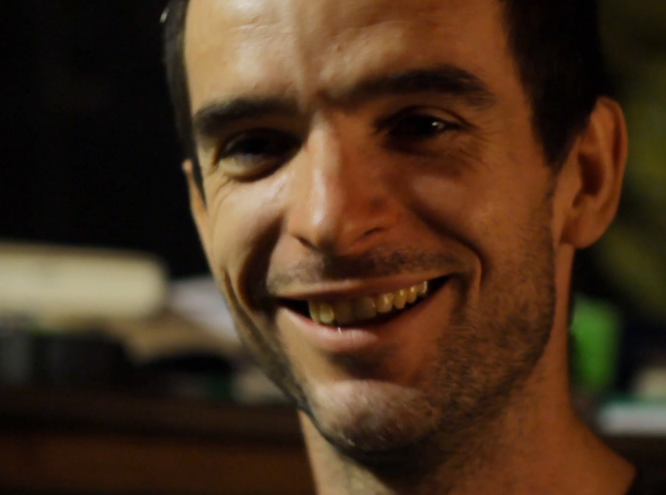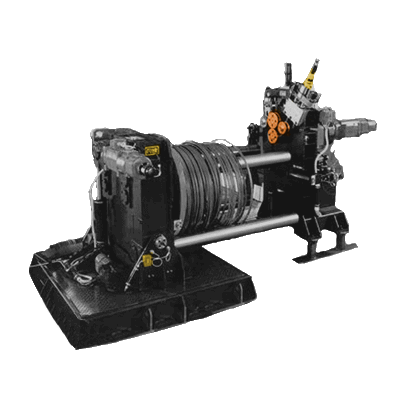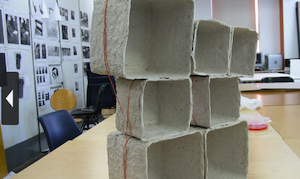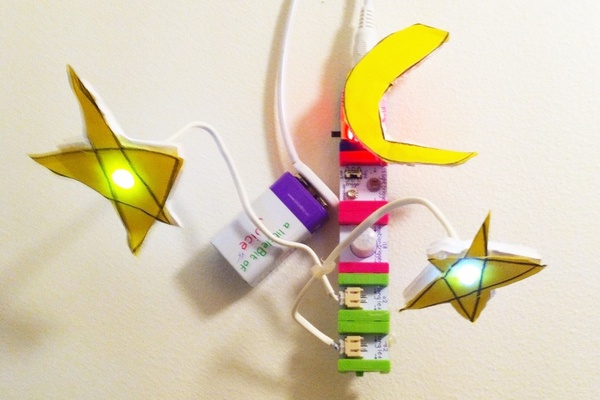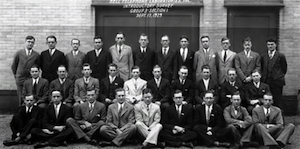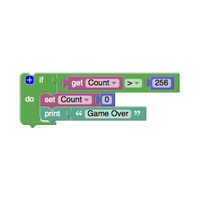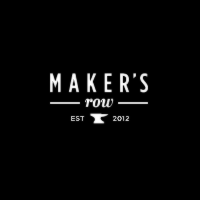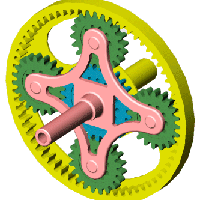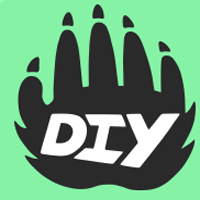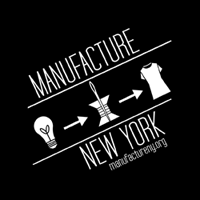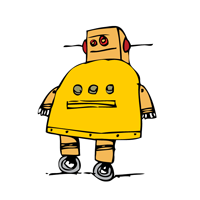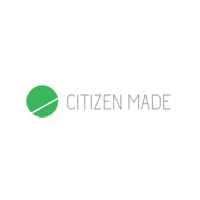Your Challenge:
The Future of Stuff
Whether we’re looking for a new pair of jeans or ten thousand microprocessors, the way we go about making and getting objects is changing fast.
Current and developing technologies present exciting opportunities to democratize production and personalize the manufacturing process making it hyper-local with tools like 3D printing and facilities like TechShop.
We’re entering an age of mass customization and pushing in new directions with products that bridge the digital/physical divide.
How might we build an economic base of producers as well as consumers? What products, services, communities, platforms, and learning engagements will facilitate entry, advancement, innovation, and continued growth of the manufacturing base?
Your challenge is to identify opportunities to create immediate value in this growing sector.
Who, me? Redesign manufacturing?
If you're thinking, "I don't know the first thing about manufacturing!" and it has you feeling nervous about our challenge, that's ok. We encourage the beginner's mind precisely because it's unencumbered by institutional thinking and established ways of looking at problems.
You're going to learn to problem-solve by utilizing a designer's toolkit and by developing an enterprising mindset - all within the context of of this challenge. So don't worry if this feels like new territory: be bold!
What will we make?
What kinds of solutions are we expecting you to come up with? “Manufacturing” is a BROAD umbrella. One of the biggest challenges will be reframing this general topic of inquiry into a more narrowly defined problem worth solving.
We'll guide you through this process. For now, look to our visionaries and other resources on this page to give you a sense of the range of possibilities.
Let's break it down
Consider each part of the manufacturing process separately:
- training workers
- designing
- pattern-making
- sourcing materials
- sample-making
- tooling
- production
Within each domain there are countless needs and problems to be discovered and investigated. In our world, problems are opportunities to improve things, to design solutions. Individually investigating each domain in depth would be inefficient, and that's why we work collaboratively.
In the days and weeks to come, Breakers across all sites will be conducting research in different domains and sharing the results. Then you can decide which of the many problems is most compelling for you to solve. Yes, you'll need to be resourceful about finding research sites, but we also have some leads to help get the ball rolling, and the city teams will take the lead on fieldwork. More on that in the research phase.
For now, buckle your seatbelt... and inspect it for a manufacturer's stamp.
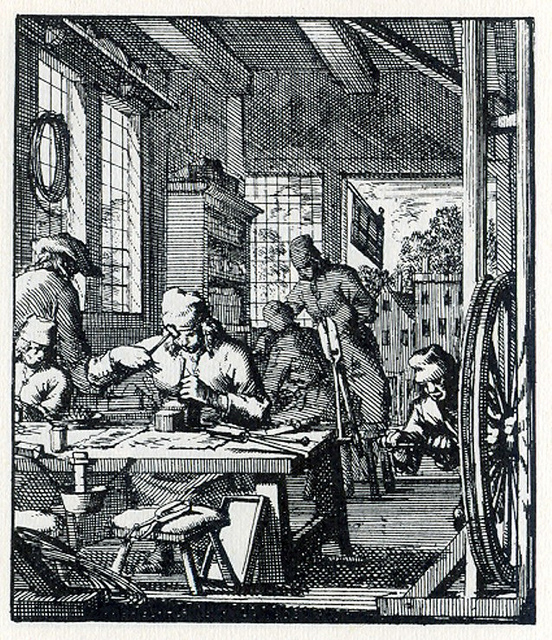
Image: flickr/Marcel Douwe Dekker/Manufacturer of needles, 1694

Image: flickr/zubrow

Image: flickr/Gever Tulley
More resources
Platforms like Shapeways, Quirky, Etsy, Kickstarter, and others have enabled and empowered makers and artisans by connecting them to consumers. As their reach expands, so too do the values they uphold. With digital fabrication, values like quality, craftsmanship, and attention to detail can be maintained while also allowing for small scale production. You should investigate these platforms and the makers using them on your own. Here, take a look at those values in action in the context of traditional manufacturing.
Made by hand: Cut Brooklyn
Made by Hand profiles New York knifemaker Joel Bukiewicz.
Hand-built steel bike frames
Here’s a short profile, done by the folks at Shinola, of Waterford Precision Cycles, a company that took over an old bike factory in southeastern Wisconsin and has been building bikes by hand since 1993.
The oldest tannery in America
Shinola visits their supplier Horween Leather, a Chicago tannery in continuous operation since 1905.
Custom fabric-ation
Makers Row visits First2Print in Manhattan, a company that provides specialized textile printing.
“First we will gain control over the shape of physical things. Then we will gain new levels of control over the composition, the materials they’re made of. Finally, we will gain control over the behavior of physical things.” Hod Lipson & Melba Kurman, from Fabricated: The New World of 3D Printing
What's all this talk about 3D printing? 3D printing is achieved using additive processes, where an object is created by laying down successive layers of material. It's a technology that's been around for many years; it's only recently made waves when Bre Pettis and a group of hackers created a low-cost do-it-yourself (DIY) version of a 3D printer called MakerBot that's enabled what Chris Anderson calls, "the new industrial revolution".
Enabled by these technologies, a new breed of industrialists are working at the edge of the open source frontier. The growing open source hardware movement, like open source software, aims to drive innovation by providing universal access to their designs.
Bre Pettis explains the MakerBot
MakerBot is one of the first low-cost 3D printers – a pioneer in a field that’s now growing more crowded.
A “factory for everyone”
Shapeways, a 3D printing marketplace, will change the way you make and get stuff – at least, that’s the $30 million bet that a venture capital firm is making.
A revolution in manufacturing
Scott Summit of Bespoke Innovations says that the radically customized products made possible by 3D scanning and printing are closer than we think.
Open source rototillers, ovens, tractors...
Marcin Jakubowski explains the Global Village Construction Set, a toolkit anybody can use to create the 50 most important machines that enable modern life.
Open source: not just for software
Jakubowski and his team explain why the open source philosophy is core to making the Global Village Construction Set work.
Making what the mass manufacturers won’t
Makers create things for niche markets. Humblefactory makes the tools and materials that support makers in their efforts toward mass customization.
"The secret to 3D printing could be summed up as follows: 3D printers are more accurate and versatile than any other mode of production — be it a human or machine — at fabricating complex design into a physical object, combining raw materials in ways that were once impossible."Hod Lipson & Melba Kurman, from Fabricated: The New World of 3D Printing
The convergence of open source with digital fabrication tools is breaking many of the 20th century barriers by making production simpler, cheap enough and, above all, faster. The open source model allows us to create and perfect designs faster. Digital fabrication tools allow us to manufacture them precisely, efficiently, and at a small to medium scale. This, I believe, is the future of industry: a model that combines the satisfaction of artisanship with the efficiency of automation and the power of collaboration. Catarina Mota, TED fellow and one of our visionaries
More resources
- Welcome to the hardware revolution: the next generation of hardware could very well come from the startup up the block (CNN Money)
- A proposal from an artist and a librarian to create a FabLab at the Fayetteville Free Library
- A futuristic look: Skylar Tibbits on 4D printing
- Additive manufacturing is growing apace in China (The Economist)
- Dominic Muren, open manufacturing evangelist and TED fellow
What about the workers? What does automation and customization imply for the manufacturing work force?
Skilled work, without the worker
Robots can do more than you think. Is this a good thing?Starting small
How will we train the workers of the future? Little Bits makes learning circuitry as simple as snapping blocks together.
Are droids taking our jobs?
Andrew McAfee says yes, in this talk from TEDx Boston. But what does that free us up to do?
More resources
- What happens when objects talk to each other? Welcome to the programmable world (Wired)
- Rodney Brooks is a roboticist who invented the Roomba. Now he heads Rethink Robotics, whose mission is to apply advanced robotic intelligence to manufacturing and physical labor.
What if we could affordably and easily make everything we needed to survive? What if machines were modular and their parts interchangable? Get to know Open Source Ecology and a new breed of industrialists. They're part of a growing open source hardware movement which, like open source software, aims to drive innovation by providing universal access to their designs.
These companies are all working to change making and manufacturing, many of them in disruptive ways. We picked them so that you can get a sense of what’s already going on in this field and so that you can use them as a jumping-off point for your research. Those that don't involve manufacturing directly were included to represent interesting concepts you might find applicable.
As you browse their websites, ask yourself:
- What problem(s) are they trying to solve?
- What is their solution?
- Who is their customer?

